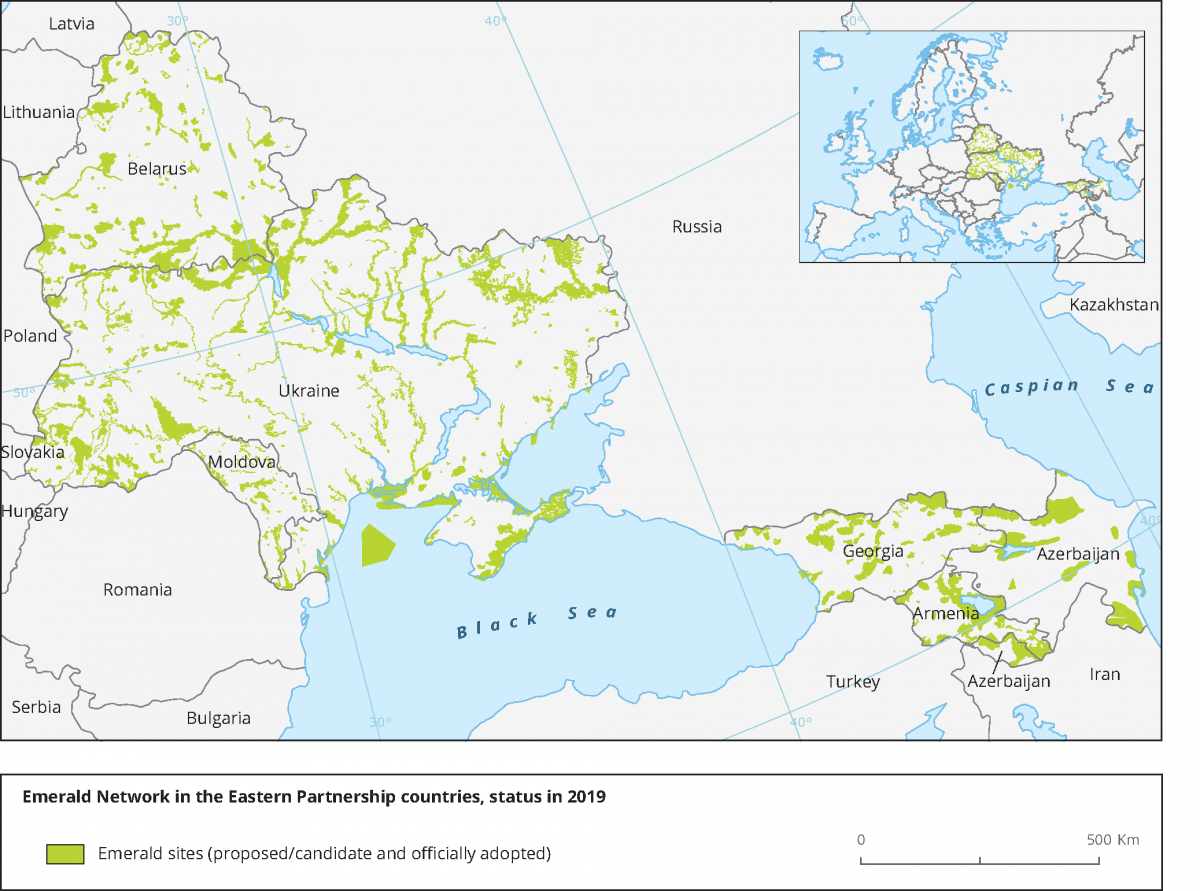European Commission Meeting Athens, 02 Jun 2022 Commissioner A. Vălean meets Mr. Kostas Karamanlis, Minister of Transport of Greece Go to Source
Author: Eu Europa oublications repositary Official News
EU Europa: PUB Protecting EU transport in times of crisis: Commission adopts Contingency Plan for Transport000085
European Commission Press release Brussels, 23 May 2022 Today, the Commission adopted a Contingency Plan for Transport to strengthen the resilience of EU transport in times of crisis. Go to Source
EU Europa: PUB Ms. Adina Valean receives Ms Francina Armengol, President of the Regional Government of the Balearic Islands000077
European Commission Meeting Brussels, 31 Mar 2022 Ms. Adina Valean receives Ms Francina Armengol, President of the Regional Government of the Balearic Islands Go to Source
EU Europa: PUB Ms A. Vălean participates in the Clean Aviation Forum, Brussels000073
European Commission Meeting Brussels, 16 Mar 2022 Ms A. Vălean participates in the Clean Aviation Forum, Brussels Go to Source
EU Europa: PUB Ms A. Vălean receives Dr. Markus Heyn, Member of the Board of Management Bosch, Mr Michael Frick, Deputy Chairman of the Management Board of MAHLE, and Mr Stephan von Schuckmann, Member of the Board of Management at ZF Group000072
European Commission Meeting Brussels, 16 Mar 2022 Ms A. Vălean receives Dr. Markus Heyn, Member of the Board of Management Bosch, Mr Michael Frick, Deputy Chairman of the Management Board of MAHLE, and Mr Ste… Go to Source
EU Europa: PUB Presentation of the Efficient and green Mobility package000052
European Commission Speech Brussels, 24 Jan 2022 Dear Chair, honourable Members, ladies, gentlemen, Thank you for this opportunity to present to you the Commission’s Efficient and Green Mobility, adopted on 14… Go to Source
EU Europa: PUB Average CO2 emissions from new passenger cars registered in Europe decreased by 12% in 2020 and the share of electric cars tripled as new targets started applying000022
According to provisional monitoring data published by the European Environment Agency, the average CO2 emissions of new cars registered in the EU, Iceland, Norway and the UK in 2020 have decreased strongly compared to 2019, as manufacturers were stepping up their efforts to raise the share of electric vehicles in their fleets. The provisional data… Continue reading EU Europa: PUB Average CO2 emissions from new passenger cars registered in Europe decreased by 12% in 2020 and the share of electric cars tripled as new targets started applying000022
EU Europa: PUB Collecting real-world data on the CO2 emissions and fuel consumption of new cars and vans000019
The real-world fuel and energy consumption of new cars and vans will be collected as of 2021 under a new Implementing Regulation adopted by the Commission yesterday. This data will make it possible to monitor the gap between type approval and actual CO2 emissions, and will provide a better understanding of how vehicles perform under… Continue reading EU Europa: PUB Collecting real-world data on the CO2 emissions and fuel consumption of new cars and vans000019
Protected areas in the Eastern Partnership countries
Map 1. Emerald Network in the Eastern Partnership countries, status in 2019 Note: All sites, both proposed and adopted, are included in the map.Source: Country submissions to the Bern Convention via the EEA’s Reportnet (accessed May 2020). Download map here. During the informal ministerial dialogue between Eastern Partnership countries and the EU, held on 5 July 2015 in… Continue reading Protected areas in the Eastern Partnership countries
sustainability transition in europe
The EEA Web CMS works best with following browsers: Google Chrome (recommended) Firefox Internet Explorer is not recommended for the CMS area. Go to Source
